After the beginning of autumn, moxibustion should pay attention to keeping warm and cold, controlling the amount of moxibustion, focusing on the lungs and spleen, avoiding fasting or overeating, and being alert to autumn dryness and yin damage. Moxibustion, as a warming and tonifying therapy, should be applied in autumn by adjusting the operating method according to the characteristics of the climate.
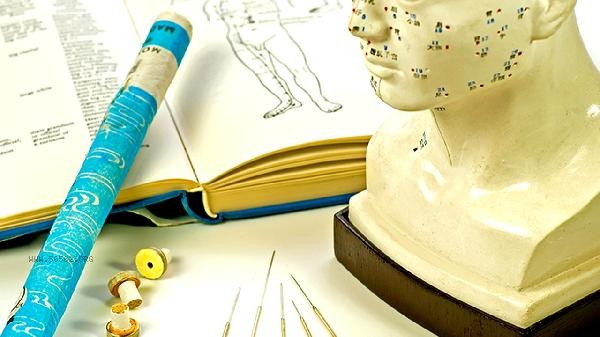
1. Keep warm and cool
After the beginning of autumn, the temperature difference between day and night increases. When applying moxibustion, it is necessary to close doors and windows to avoid drafts. Within 2 hours after moxibustion, it is not advisable to take a shower or come into contact with cold water. You can use your palm to rub and heat the Mingmen acupoint in the lower back to consolidate yang energy. After moxibustion, it is recommended to wear high necked clothing to protect the Dazhui acupoint and prevent the invasion of cold pathogens from the Du meridian.
2. Control the amount of moxibustion
In autumn, when yang qi converges, the moxibustion time should be shortened by one-third compared to summer, and 5-7 minutes per acupoint is recommended. For those with weak constitution, it is recommended to use indirect moxibustion methods such as ginger separated moxibustion, no more than 3 times a week. When experiencing symptoms such as dry mouth and tongue, moxibustion should be temporarily suspended. It can be combined with massaging the Taixi acupoint to nourish yin and reduce fire.
III. Focus on acupoint selection
In autumn, it is recommended to focus on moxibustion at key points such as Feishu and Zhongfu in the lung meridian to prevent respiratory diseases, and to cooperate with Zusanli to strengthen the spleen and dispel dampness. For those with obvious dryness, moxibustion can be added to the Sanyinjiao acupoint to nourish yin and moisten dryness. For those with cold and painful joints, focus on warming and tonifying the lower burner at the Guanyuan acupoint and Shenshu acupoint. Avoid excessive stimulation of key yang promoting points such as the Dazhui acupoint.
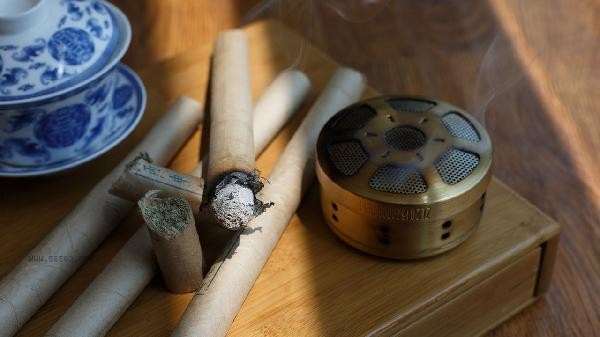
Fourth, diet coordination
Avoid eating raw and cold fruits and vegetables for 1 hour before and after moxibustion, and drink tangerine peel honey water to relieve autumn dryness. It is recommended to eat yam Congee, Broth of white fungus and other lung moistening ingredients for dinner on the day of moxibustion, and avoid spicy barbecue. Individuals with Yin deficiency constitution should take Sha Shen Mai Dong Tang as a substitute for tea after moxibustion.
Fifth, Constitution differentiation
For those with damp heat constitution, autumn moxibustion should be combined with cupping to remove dampness. For those with yin deficiency and excessive fire, it is recommended to use wheat grain moxibustion instead. Elderly people should choose to apply moxibustion in the afternoon when the yang energy is strong, and children are only recommended to use moxibustion on the body pillar points to promote development. Moxibustion for patients with diabetes needs to strictly control the temperature to avoid low-temperature burns. After the beginning of autumn, moxibustion can be combined with the percussion swallowing method to enhance the effect. Practice deep breathing towards the west 36 times a day in the morning. Maintain emotional stability during moxibustion and avoid excessive sweating and gas consumption. If discomfort such as dizziness and palpitations occurs, stop moxibustion immediately and massage the Neiguan acupoint. It is recommended to soak your feet in mugwort leaves twice a week at a water temperature of around 40 ℃ to enhance the warming effect of moxibustion. Individuals with special constitutions or chronic diseases should develop personalized moxibustion plans under the guidance of professional traditional Chinese medicine practitioners.
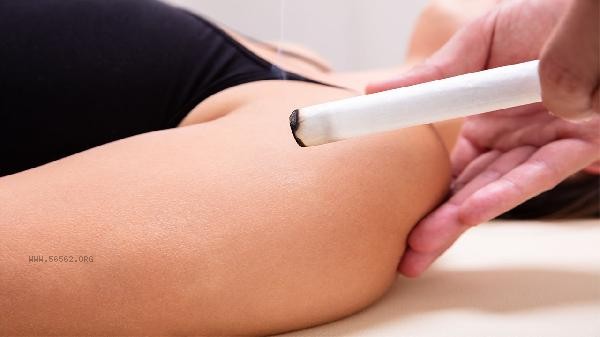

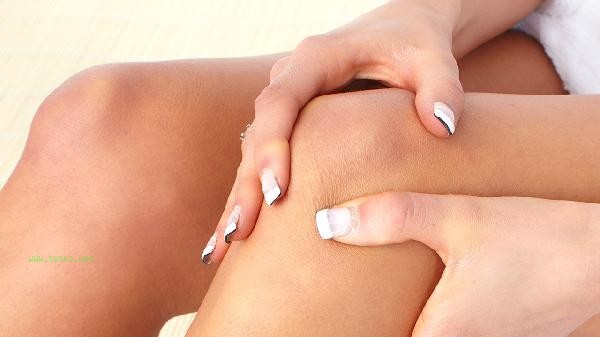
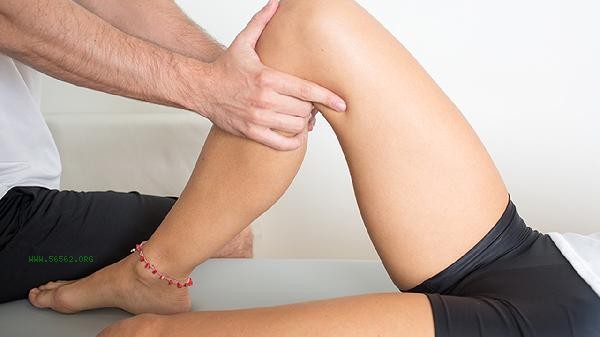
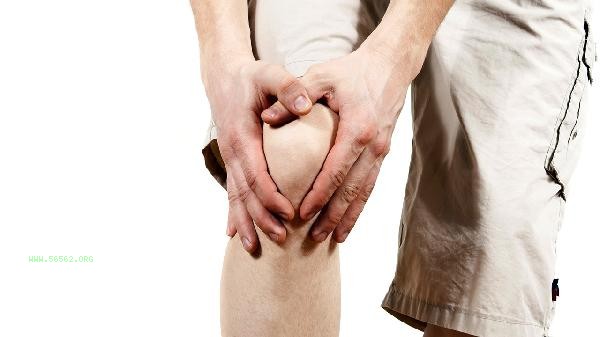
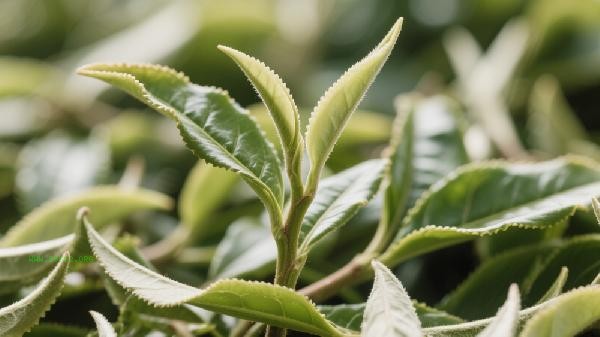
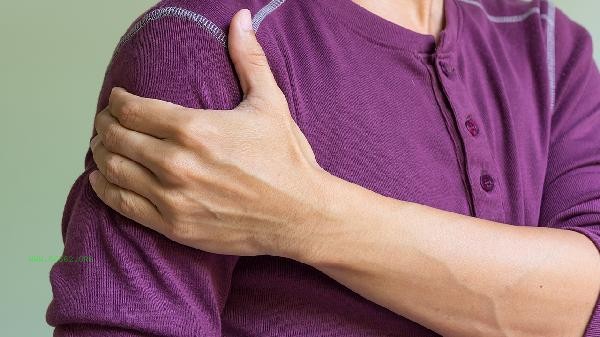


Comments (0)
Leave a Comment
No comments yet
Be the first to share your thoughts!